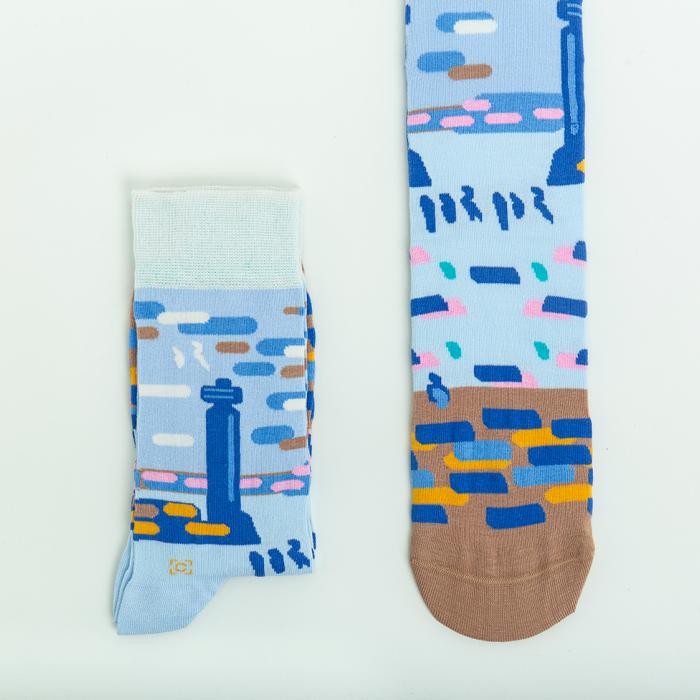Syadei: sacred objects
These are syadei, made by members of the Nenets people, an Indigenous community in North Siberia.
It's difficult to describe what a syadei is accurately in English, because they are part of a very different way of viewing the world. For Nenets people, syadei were and are alive. They see, feel, communicate and act, and are part of the way Nenets people communicate with their landscape, reindeer, game and ancestors. They might be considered the material version of a god, spirit guardian or ancestor.
Hegeso's tombstone
How can we give voice to an anonymous slave who died two thousand years ago?
It is notoriously difficult to view the ancient world through enslaved eyes. Our classical Greek sources are written by elite men, largely for elite male audiences; no enslaved person’s personal account has been discovered. This stele, or tombstone - of which a plaster cast is now in the Museum of Classical Archaeology - shows two female figures. One of the women is seated and bigger, with a name – Hegeso, daughter of Proxenos, of Melite – carved above her head.
Portrait of Kanguagiu
This is a watercolour portrait of Kanguagiu, an Inuit woman who lived in the late 18th and early 19th centuries.
Kanguagiu was 60 years old when Royal Navy officer John Ross painted her portrait in the 1830s. We know a surprising amount about her and her family, thanks to Ross's paintings and book, Narrative of a Second Voyage to the Arctic.
Live Q&A: The Roman Figurine and the British Sign Language Plate
Our second Live Q&A for Museum Remix: Unheard is your chance to ask our museum experts your questions about the figurine from Naukratis and the British Sign Language alphabet plate.
Live on YouTube: Tuesday 28 July, 12.30pm
With:
Dive into a miniature world
Listen: Dive into the world of tiny marine creatures, Foraminifera
1924 (bertha no. 2)
Who was Bertha? And how did she know Ben?
Ben Nicholson's painting 1924 (bertha no. 2) is displayed prominently at Kettle's Yard. It depicts the head and shoulders of a young woman, Bertha. She is painted larger than life-size with an emphasis on strong sculptural forms and planes that give her sense of solidity and monumentality.
While we know a lot about Ben Nicholson, we know nothing about Bertha. Who was she? How can we tell her story? And what happened to Bertha No. 1?
Eliza Spindel, Curatorial Assistant at Kettle's Yard, tells us more.
Finch and Baines
In the Fitzwilliam Museum's grand Gallery 3, two portraits, of John Finch and Thomas Baines, hang facing each other. They were painted as a pair in the 17th century by Carlo Dolci.
Finch and Baines, both trained physicians, met while studying at Cambridge in the 1640s. They were inseparable throughout a relationship that lasted 36 years, and were buried together in a joint monument in Christ's College.
The two men were consistently referred to as the "greatest of friends", while they themselves thought of their relationship as a kind of marriage.
Spectacles
What can a pair of eighteenth-century spectacles, or eyeglasses, tell us about evolving attitudes to disability?
These spectacles, now in the collection of the Whipple Museum of the History of Science, were handmade. They were designed to sit on the wearer's nose, and then fold away neatly into their case.
Would you think of them as a disability aid? How have attitudes to disability changed over time?

